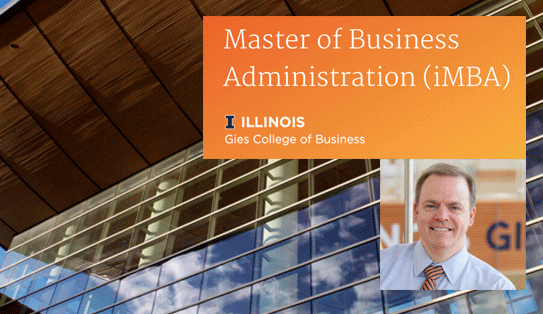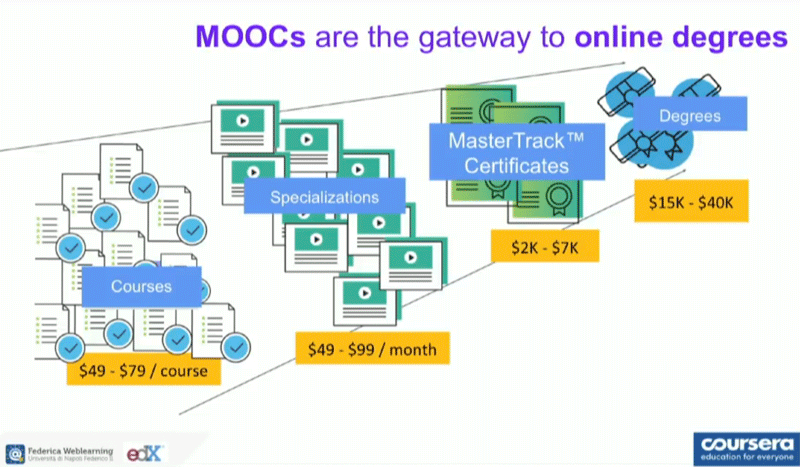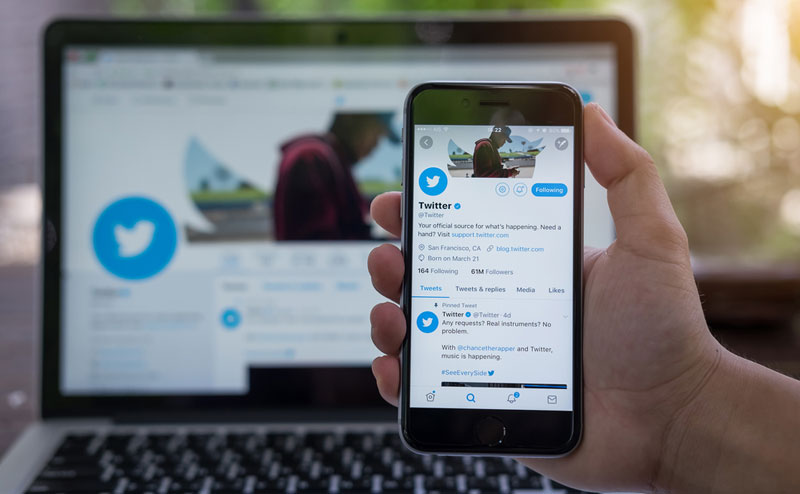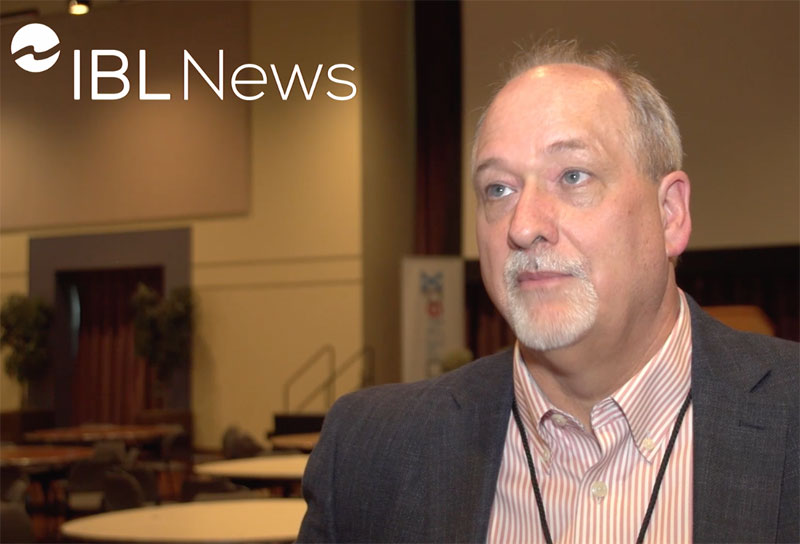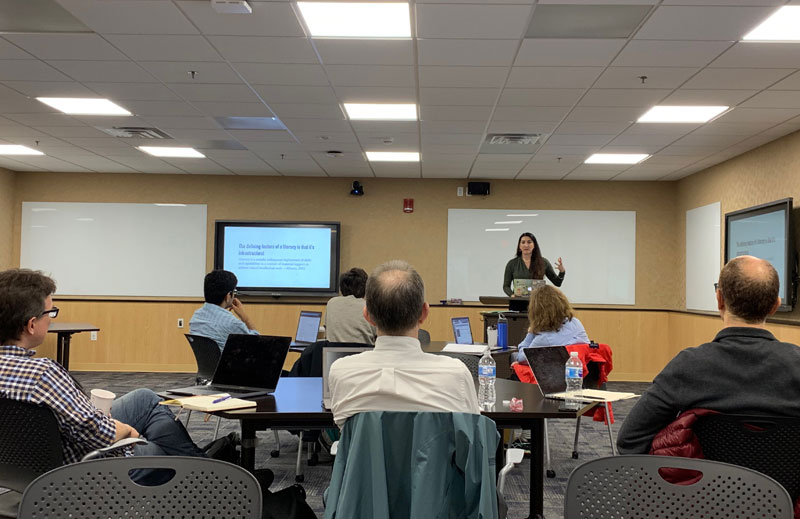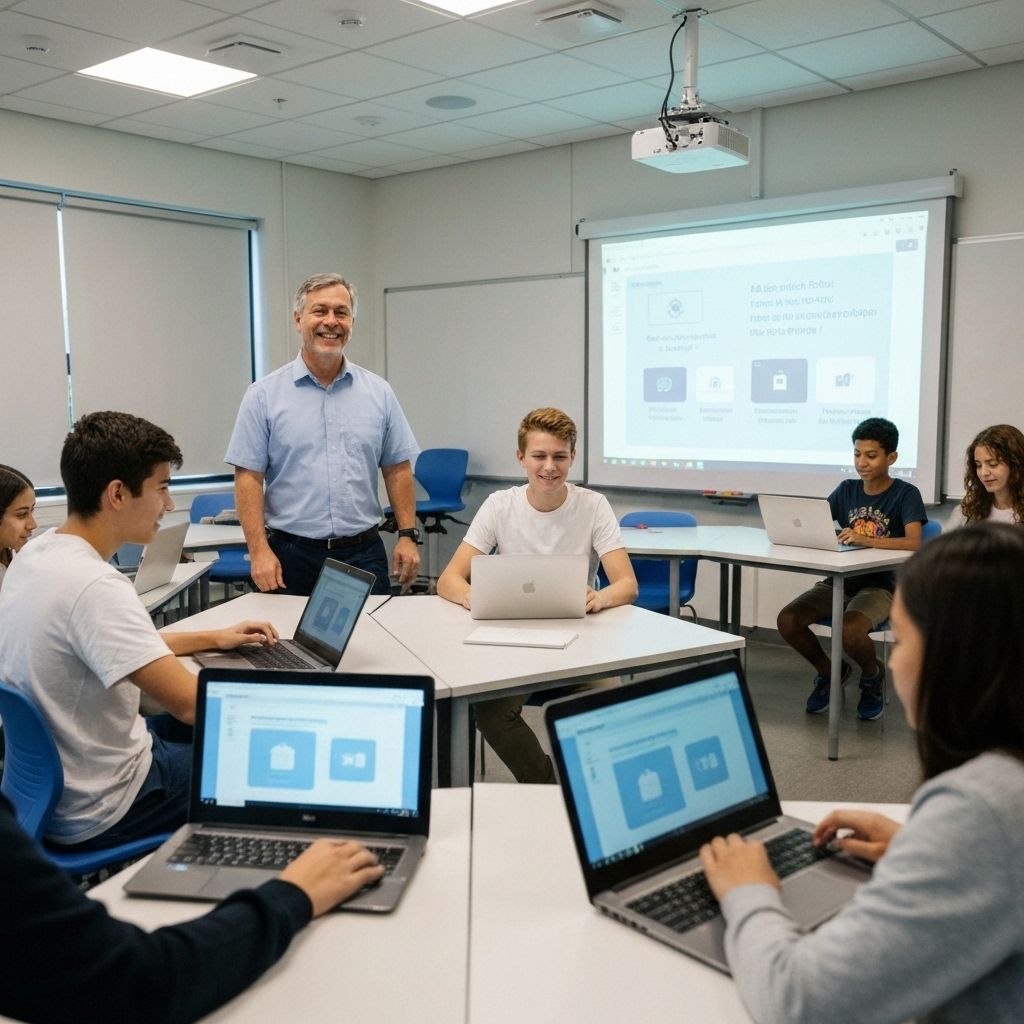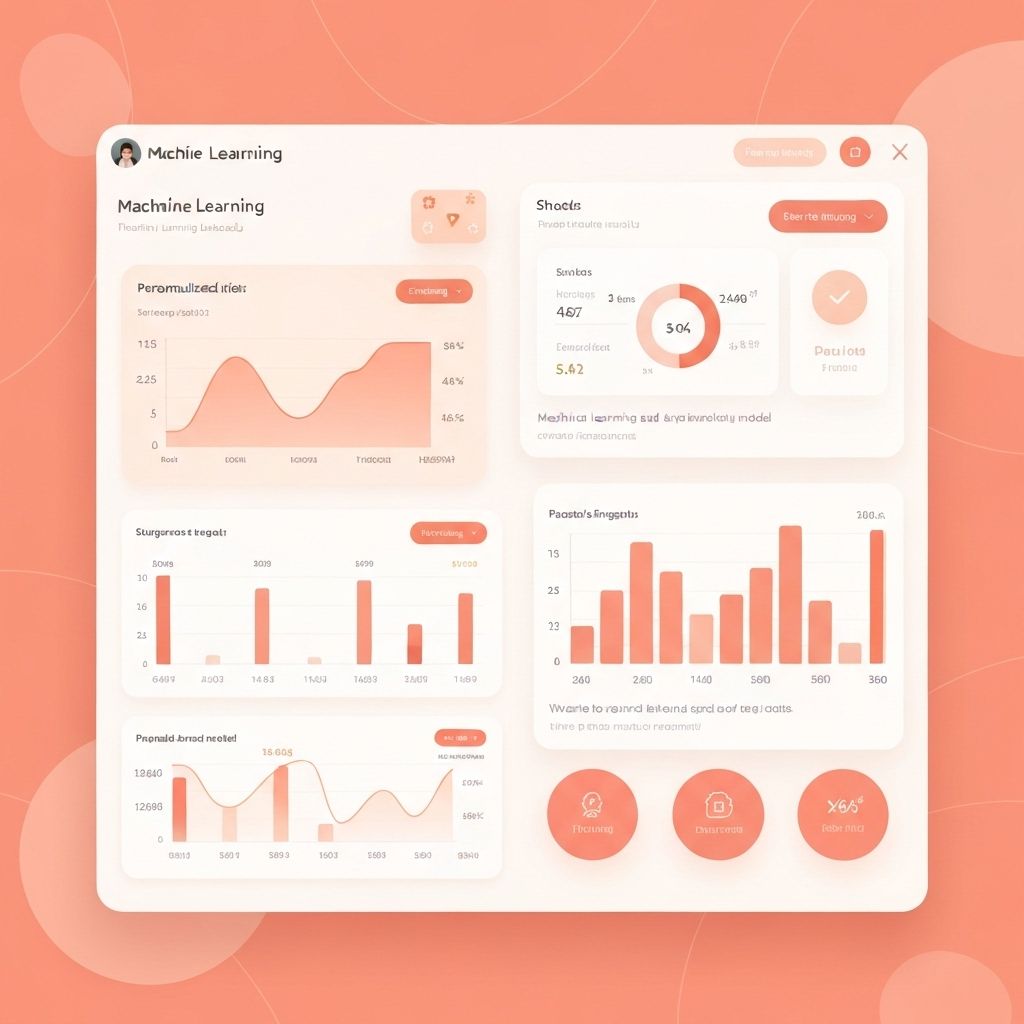Illinois Shuts Down its Traditional MBA and Focuses into Online’s iMBA
The University of Illinois at Urbana-Champaign will shift investments away from its residential MBA programs to focus on its rapidly growing online iMBA, which is delivered through Coursera.org at $22,000 (compared to traditional MBAs that can cost three or four times more.)
The ending of this face-to-face program happens in an environment where several universities have scaled back or eliminated traditional MBA programs.
The University of Illinois will allow current MBA students and those planning to start programs this year to finish.
“The iMBA is the right format for the times – providing a powerful learning experience with anytime/anywhere accessibility at an affordable cost,” said Jeffrey Brown, Dean of Gies College of Business, in a statement. “Given the global reach and accessibility of this program, we are creating what I call the world’s MBA. With this and with our innovation in undergrad, specialized masters, and lifelong learning, we are playing to our competitive advantages and positioning ourselves for tremendous impact and steady growth. These moves will focus our investment in ways that will make us unquestionably one of a handful of the world’s very best and most innovative business schools.”
Applications to the iMBA have nearly tripled – from 1,100 in 2016, when the program was launched, to a projected 3,200 in 2019.
“The program is revolutionary in its delivery, stackable structure, concentrations, immersions, accessibility, and career-curated content. It combines the material in ways that professionals use it in the real world, not in traditional academic silos. iMBA students earn the same MBA that on-campus students have been earning for decades. At a total cost of less than $22,000, the program is designed to be affordable at a time when MBAs can easily cost $80,000 or more."
“Our iMBA is the most innovative, highest-value MBA of any kind anywhere in the world,” said Brown [in the picture]. “Because it is online and offered at an affordable cost, it creates access to high-quality, high-impact business education for larger numbers of talented people. It fulfills our land-grant mission and serves our state spectacularly well. At the same time, by being fully online, it extends and deepens our reach as a global player — ensuring a worldwide reach for our College and alumni network.”
In addition to the iMBA, Gies College of Business will focus its investments on a suite of rapidly growing market-driven master’s programs, undergraduate education, and lifelong learning. Gies will seek to expand and add to its line-up of high-quality specialized masters degrees in fields such as accounting, finance, and technology management.
Gies will also increase investments in its undergraduate programs. Last year, 99% of students were employed, continued their education, or entered volunteer service within three months of graduation. In addition, the College is offering an online business minor, which has experienced remarkable success and currently enrolls about 1,000 students.
“With how quickly business and technology are changing, lifelong learning is another high-impact, high- growth field,” said Brown. “People need to keep up with business and technology changes in order to build careers and create value. We’ll be right there for them.”
The College claims that "is honoring its commitment to current and incoming MBA students, ensuring they will have access to the same outstanding faculty, curriculum, action learning experiences, and career advising until they complete their degree. Recognizing that the announcement may impact some students’ decision about whether to attend Gies, the College extended the deadline for refunding deposits from June 3 to July 1 and also offered automatic admission into the iMBA as an option."
“The full-time and part-time residential MBA programs are excellent, as are the students and alumni of those programs,” said Brown. “Yet market demand for traditional formats is declining nationwide. Meanwhile, demand, as well as the needs of businesses and individuals, is growing in these other areas. We believe in innovating and staying ahead of trends in business education and on top of the needs of business and society.”
The Gies College of Business College received a $150 million gift in 2017 from Chicago businessman Larry Gies and his wife, Beth Gies, who graduated there.
RESOURCES
• Illinois Gies College of Business: Gies Announces Strategic Shift
• Forbes: Why Business Schools Are Shutting Down Their MBA Programs
• IBL News: Master’s Degrees which Can Be Completed Online
• IBL News: 45 MOOC-Based Master’s Degrees Worldwide

